Self-Assessment Checklist that may identify compromised growth, development, and function
Age group: Newborn – 6 Months
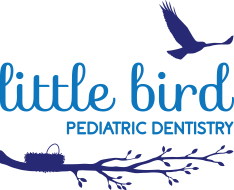
Key Signs and Symptoms that You can Assess
If you have answered Yes to multiple items below, we would encourage you to schedule a comprehensive airway, tongue, and lip assessment for your loved one at Little Bird Pediatric Dentistry by calling 905-876-2473 (BIRD) or visit our website (www.littlebirddental.ca) for further information
*For specific findings, click on “” to see a picture example and the reasoning (or why) behind.
While Baby is Awake
Mouth open/lips apart at rest (when not babbling, playing) most of the day or routinely throughout the day
“Colic” symptoms (e.g. gassy, fussy, inconsolable)
Sensitive gag reflex
While Baby is Sleeping
Snoring with mouth open (more than 3x/week)
Gasp/stop breathing
Restless sleep (always moving around and/or restless legs/arms)
Frequent awakenings, regular nightmares, and/or night terrors (more than 1x/week)
Sweating heavily (pajamas and/or sheets regularly damp)
While Baby is Feeding (Current* or History of Challenges)
a) Baby Signs/Symptoms
Poor latch (e.g. difficulty achieving or maintaining a good latch)
Gumming or chewing of nipple
Shallow latch (limited wide mouth opening)
Frequent gulping, coughing, gagging, and/or choking
Milk leaks or spills out the side of their mouth while actively feeding
Upper lip folded down (curled inward) and/or lower lip tucked in (curled inwards)
Callous or blister on upper lip
Dried milk residue/coating on back of tongue
Reflux symptoms
(e.g. vomiting, regurgitation, frequent spit ups, crying after feeding, etc.)
Swallowing air regularly (increased gassiness, belly discomfort)
Insatiable baby (e.g. feeding every hour, falls asleep quickly when feeding and wakes shortly to feed again)
Poor weight gain, failure to thrive, and/or slows down weight gain
b) Mom’s Signs/Symptoms (if applicable)
Creased, cracked, bruised, flattened, blanched, cut, and/or bleeding nipples after nursing
Severe pain when attempting to latch and/or while nursing
Poor and/or incomplete breast drainage
Plugged ducts, infected nipples or breasts and/or mastitis
Drop in Mom’s milk supply
*For families with current feeding challenges (breast/bottle/solids), we would encourage you to seek assistance
from either your local lactation consultant or occupational therapist (OT)
 Why: At rest (when not eating, babbling, etc.), our mouths should be closed with lips sealed. If mouths are open routinely, it increases the tendency to mouth breathe.
Why: At rest (when not eating, babbling, etc.), our mouths should be closed with lips sealed. If mouths are open routinely, it increases the tendency to mouth breathe. 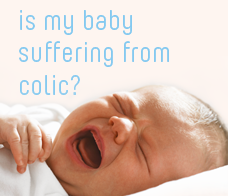 Why: Colic is an exhausting, unrelenting, all consuming condition that causes an otherwise healthy infant to cry inconsolably. Most commonly occurring from 2 to 16 weeks of age. A possible reason for these symptoms could be that the baby has restricted/tethered oral tissues (tongue and/or lip tie). As consequence, they may be clicking on the breast (or feeding mechanism), and/or unable to attain a good seal (latch). With each “click”, they are swallowing air. Aerophagia is excessive swallowing of air. When excessive amounts of air reach the baby’s stomach, abdominal distension (expansion), burping, vomiting/regurgitation, and gassiness may result. This can be very uncomfortable, resulting in baby’s upset and crying that worsens when laid on their backs. Although there are other possible reasons postulated for colic, if observed, a caring & comprehensive assessment of baby at Little Bird is recommended.
Why: Colic is an exhausting, unrelenting, all consuming condition that causes an otherwise healthy infant to cry inconsolably. Most commonly occurring from 2 to 16 weeks of age. A possible reason for these symptoms could be that the baby has restricted/tethered oral tissues (tongue and/or lip tie). As consequence, they may be clicking on the breast (or feeding mechanism), and/or unable to attain a good seal (latch). With each “click”, they are swallowing air. Aerophagia is excessive swallowing of air. When excessive amounts of air reach the baby’s stomach, abdominal distension (expansion), burping, vomiting/regurgitation, and gassiness may result. This can be very uncomfortable, resulting in baby’s upset and crying that worsens when laid on their backs. Although there are other possible reasons postulated for colic, if observed, a caring & comprehensive assessment of baby at Little Bird is recommended.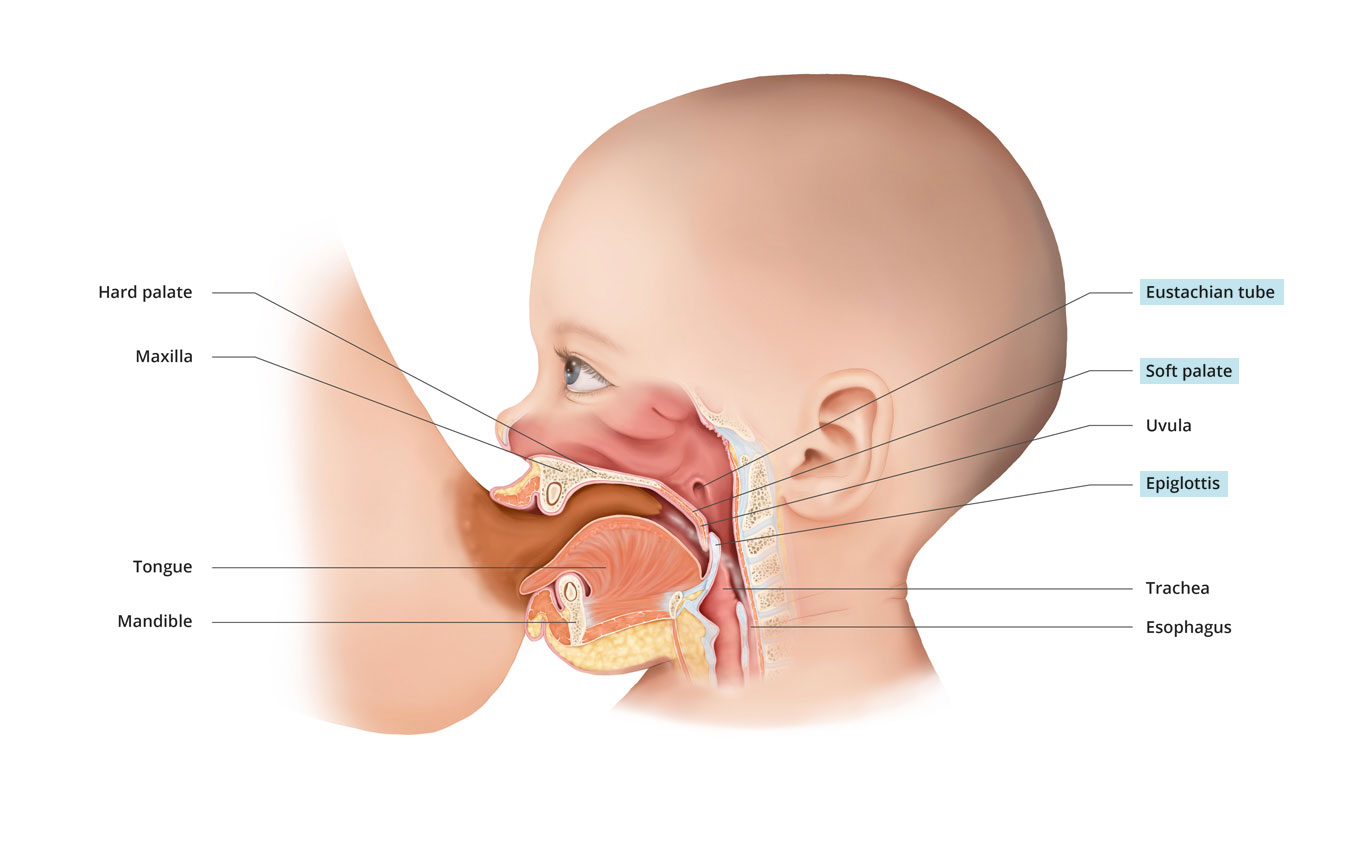
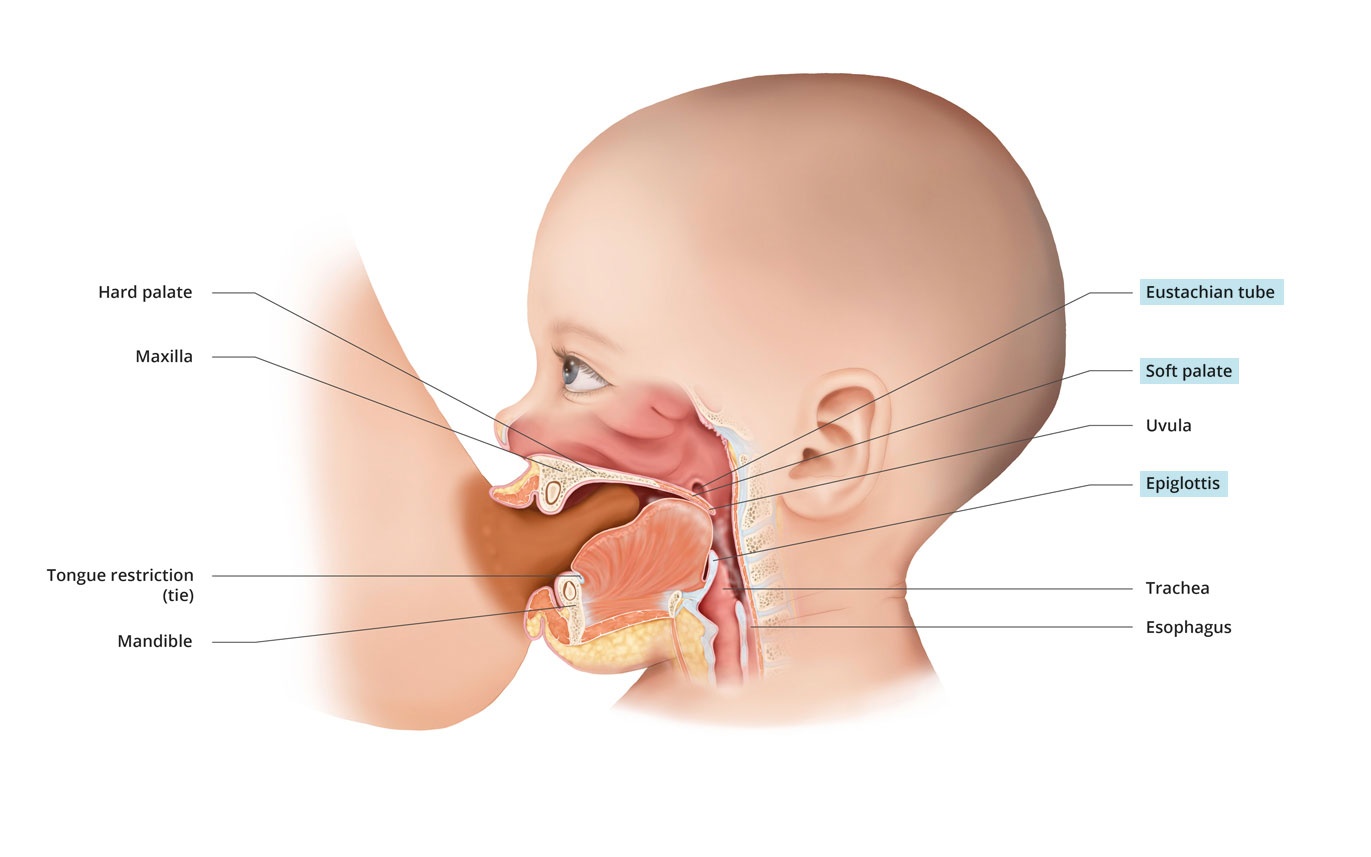

 Why: Restless sleep and sweating can be possible indications that the baby’s sympathetic nervous system (fight or flight) is being activated causing arousals (that may not awake baby) in attempt to maintain their airway. If this is occurring, baby may not be achieving consistent deep sleep with full muscle relaxation (parasympathetic nervous system – rest and digest activation) that is necessary for optimized growth and development.
Why: Restless sleep and sweating can be possible indications that the baby’s sympathetic nervous system (fight or flight) is being activated causing arousals (that may not awake baby) in attempt to maintain their airway. If this is occurring, baby may not be achieving consistent deep sleep with full muscle relaxation (parasympathetic nervous system – rest and digest activation) that is necessary for optimized growth and development.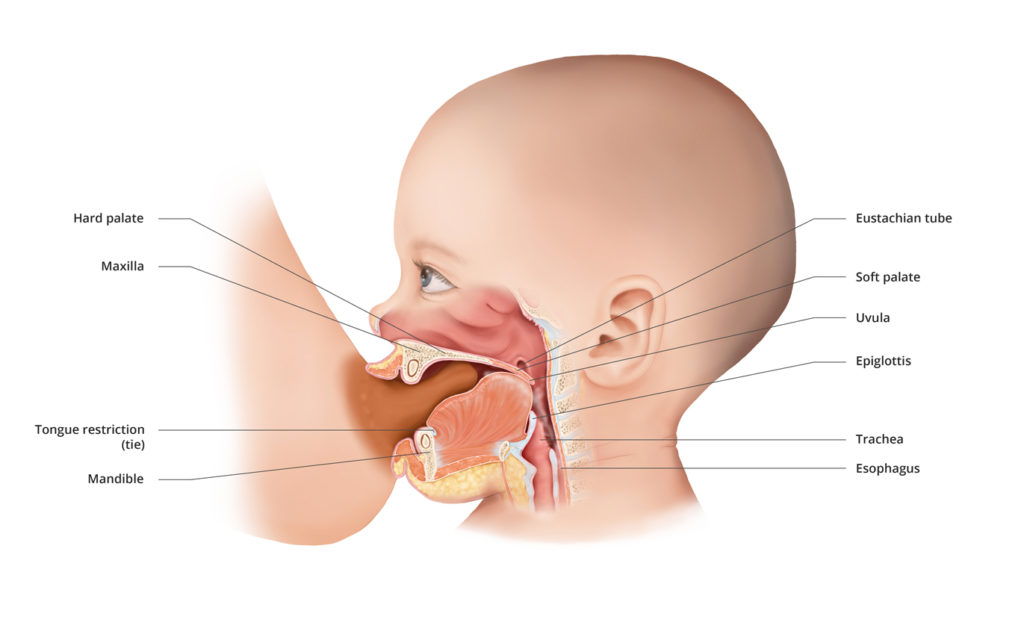
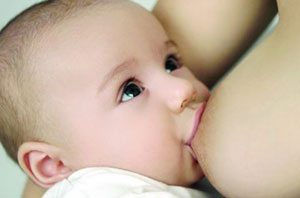
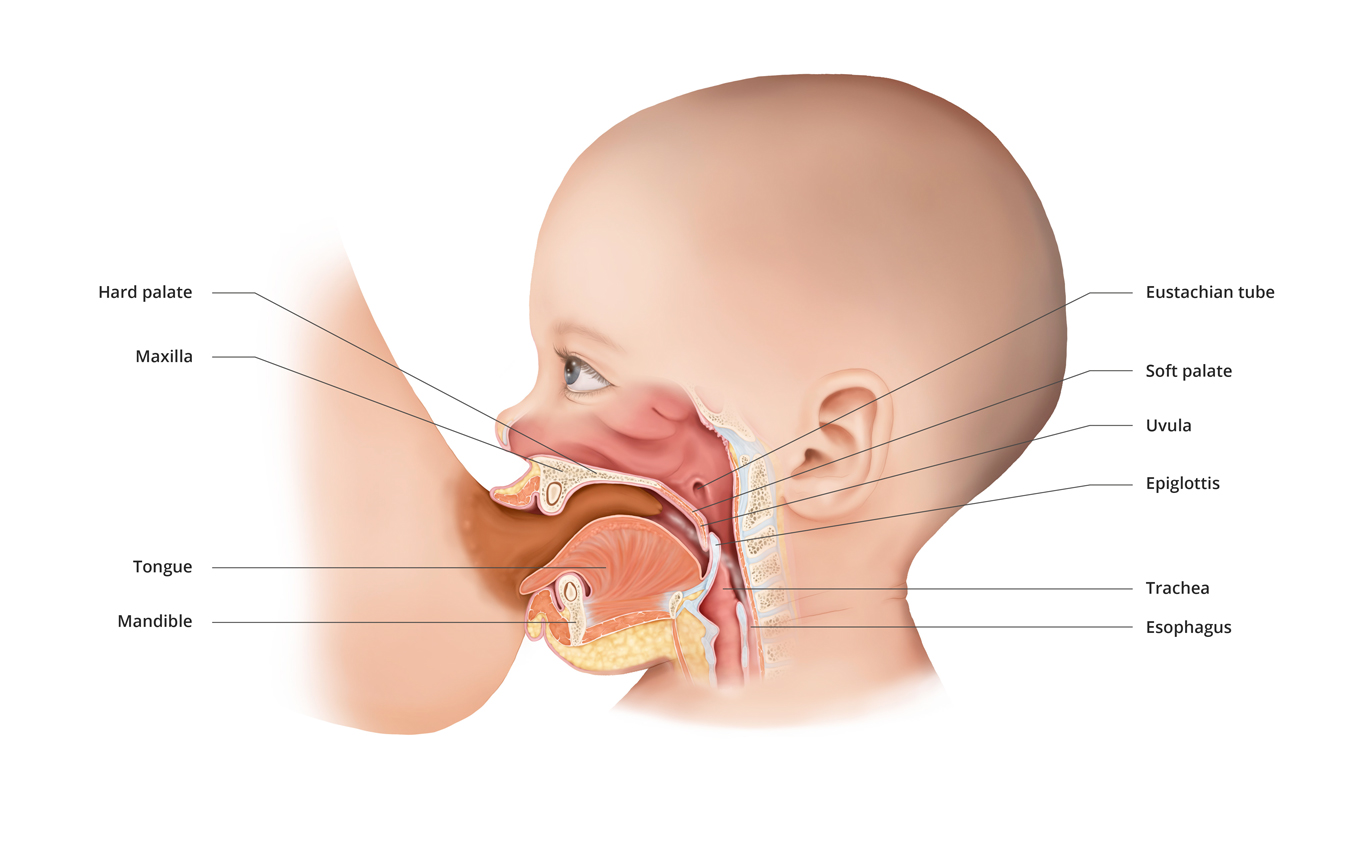
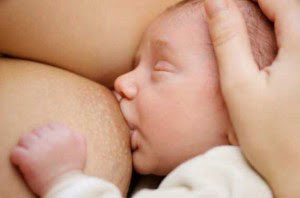
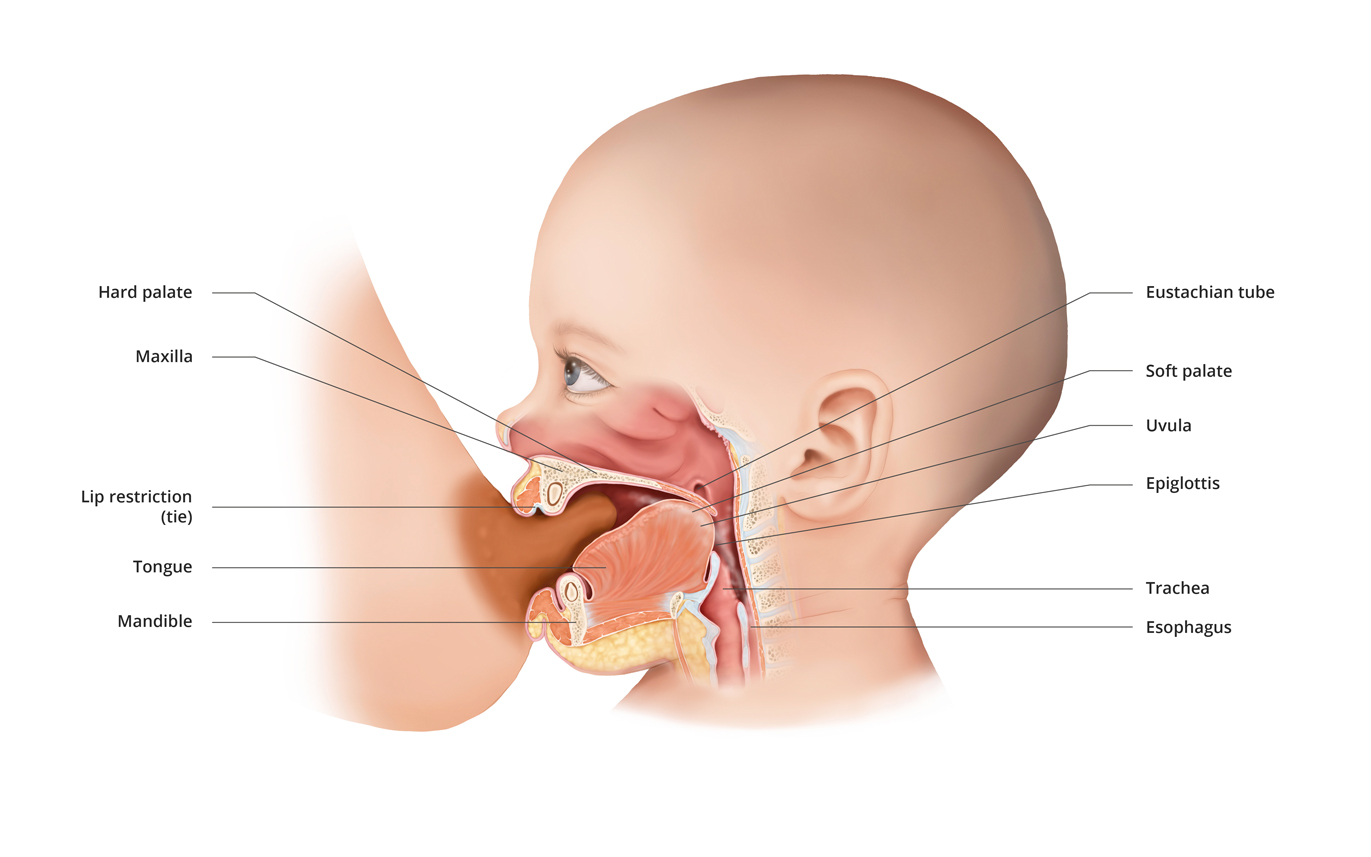

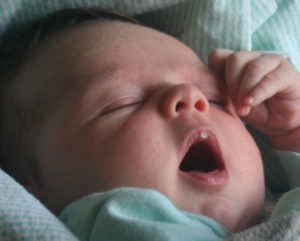
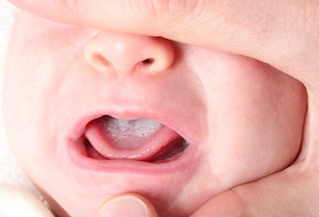

 Why: A possible reason for plugged ducts and mastitis may be that the baby has restricted/tethered oral tissues (tongue and/or lip tie). Instead of a comfortable tongue to upper lip seal from baby for optimized breastfeeding, baby’s gum pad is compressing Mom’s breast and/or nipple. These excessive forces/pressure from the gum pad on the breast tissue can impede even drainage blocking flow and leading to possible various outcomes (i.e. plugged ducts, infected nipples and/or mastitis).
Why: A possible reason for plugged ducts and mastitis may be that the baby has restricted/tethered oral tissues (tongue and/or lip tie). Instead of a comfortable tongue to upper lip seal from baby for optimized breastfeeding, baby’s gum pad is compressing Mom’s breast and/or nipple. These excessive forces/pressure from the gum pad on the breast tissue can impede even drainage blocking flow and leading to possible various outcomes (i.e. plugged ducts, infected nipples and/or mastitis).